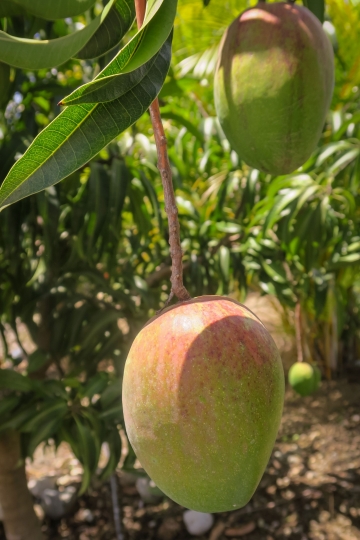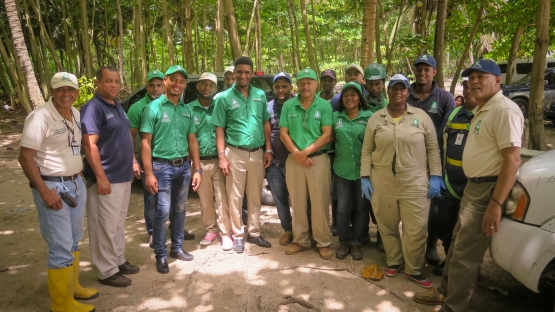Twice a week, from October 2015 until April 2017, plant protection officials of the Dominican Republic went to the airport to meet a plane bringing a unique cargo from Guatemala. The planes were carrying boxes containing the pupae of up to 82 million sterilized male Mediterranean fruit flies (medflies). The pupae were transported to an emergence centre where they were held for few days, with sugar and corn flour fed to the emerging adults before their field release. Adult flies were chilled to immobilize them, placed in temperature controlled boxes loaded into planes and released in medfly infested areas. This scenario is a typical operation in what is known as the sterile insect technique (SIT), a technology used over many decades that controls and can eradicate pests by sterilizing males and releasing them in infested areas to mate with wild females who then produce no offspring. In the Dominican Republic, the arrival of the sterilized medfly pupae and adult release to initiate SIT was the final step in a programme to eradicate a medfly infestation that had shut down the country’s horticulture trade.
The Caribbean Region had always been free of the invasive and destructive Mediterranean fruit fly –until March of 2015, when one medfly was spotted in a lone almond tree in the eastern region of the Dominican Republic. It, apparently, all started when a cruise ship docked at Punta Cana, a popular tourist destination at the island’s eastern tip, carrying fruit infested with the dreaded medfly. When its presence was discovered, the Ministry of Agriculture, through its plant protection authorities, took steps to assess the size of the infestation and to contain the outbreak.







